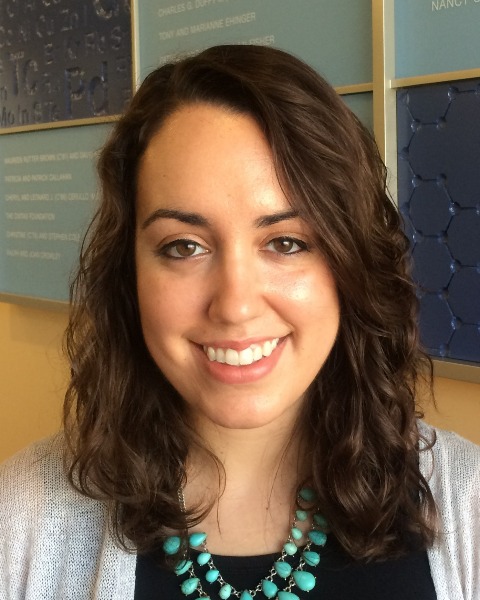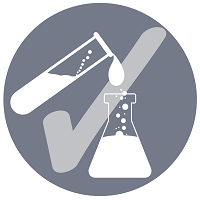Back
Formulation and Delivery – Chemical
Session: Rapid Fire: Advances in Engineering Technologies For Drug Substance and Enabling Drug Product (CE)
Leveraging Co-Precipitated Amorphous Dispersions as Alternatives to Spray Drying Challenges
Tuesday, October 18, 2022
3:45 PM – 4:00 PM ET
Location: 205 AB

Marina Solomos, PhD
Senior Scientist
Merck & Co., Inc.
Rahway, New Jersey
Rapid Fire Speaker(s)
Amorphous solid dispersions (ASD) are an important option to achieve in vivo exposure for compounds having poor aqueous solubility. While spray drying (SD) is effective for generating ASDs, this can extend delivery timelines and introduce scale-up risks. This presentation highlights scenarios where the benefits of deploying co-precipitated amorphous dispersions (cPAD) were crucial in overcoming pipeline challenges. In one study, ASD was critical to improve exposure and achieve safety margins in chronic toxicity studies. However, program timelines and maximum feasible dose limitations precluded the use of SD. On a compressed timeline, a successful large scale cPAD delivery achieved higher maximum feasible dose with a readily re-suspensible powder and resulted in considerable cost-savings while reducing API needs. In another study, cPAD was used to overcome SD manufacturing challenges of a low Tg API by leveraging alternative solvents and cold processing temperatures to generate the target ASD.
Learning Objectives:
- understand details of cPAD technology as alternative to spray drying
- describe straightforward translation of cPAD manufacture to scale
- identify opportunties for cPAD technology in early delivery space


